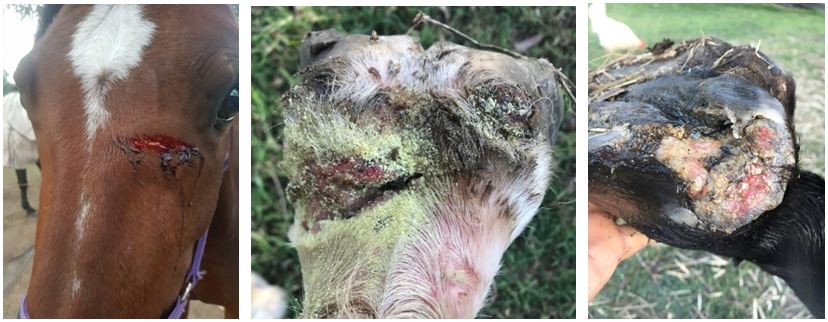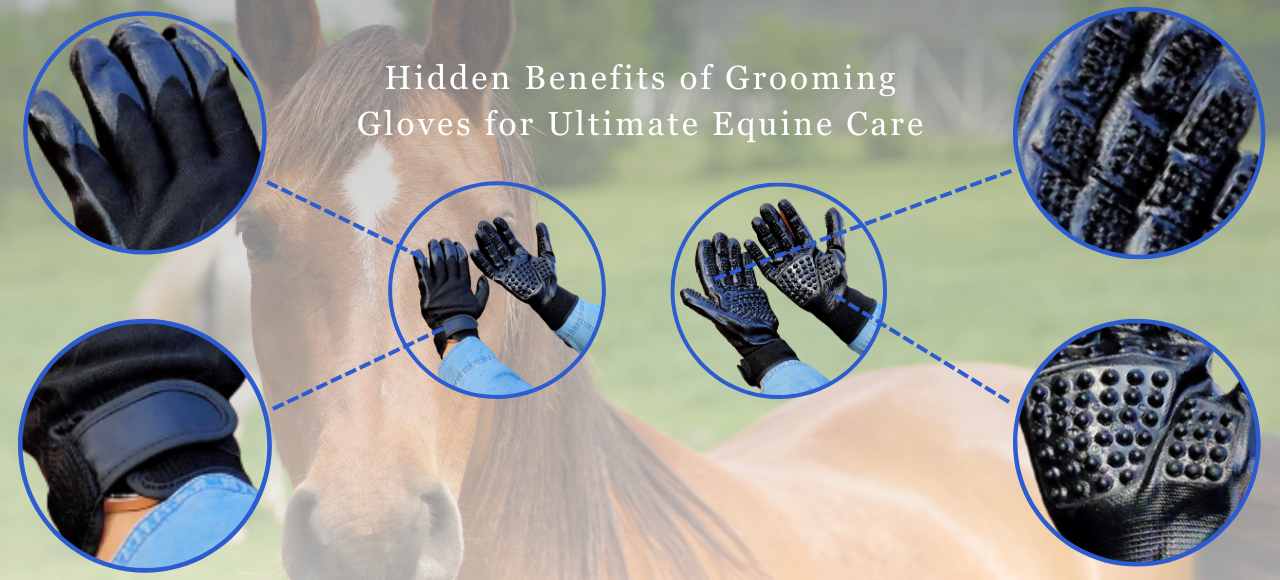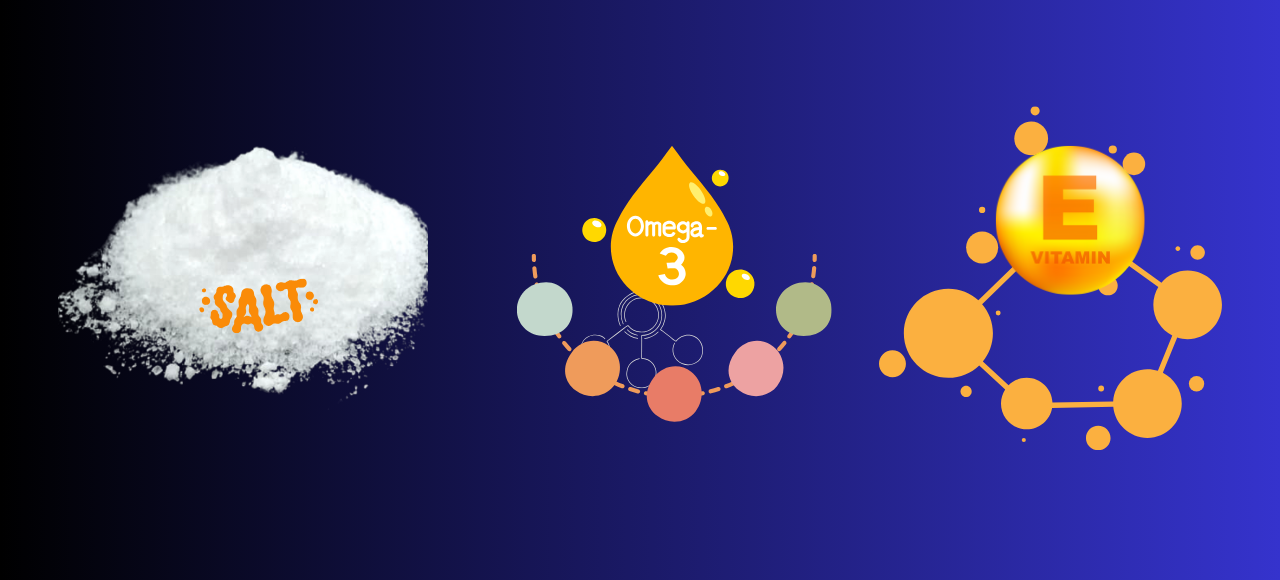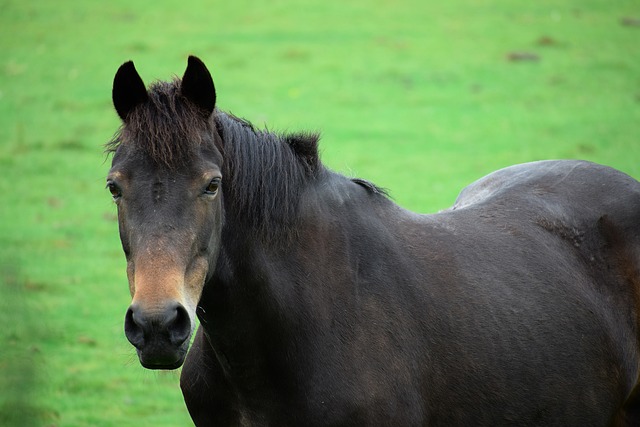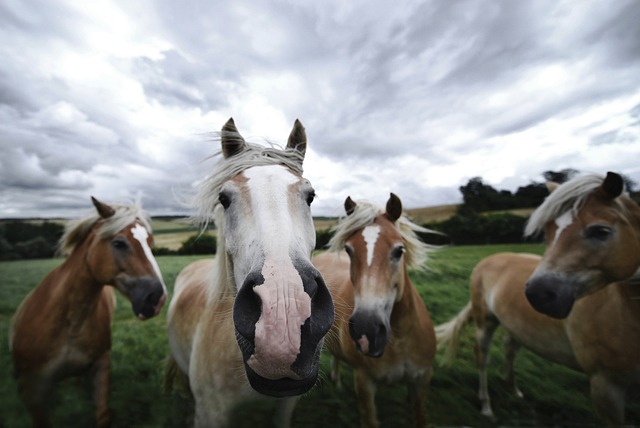
Have you ever wondered if there is a one-size-fits-all approach to caring for our equine friends? As horse owners and enthusiasts, we often find ourselves navigating through various opinions, methods, and products in an effort to provide the best care for our beloved companions.
Defining the Gold Standard of Care
It’s a common belief among horse periodicals, equestrian professionals, and even fellow horse owners that the newest technology or the most extensive or intrusive interventions are the best options.
Additionally, it appears to be beneficial to ascertain the horse’s true health, administer the necessary medication, and keep horse owners from being overly anxious.
However, occasionally the amount of data that is gathered truly doesn’t matter in the end. Additionally, some people cannot afford the high cost of veterinarian treatment.
Cost alone is sometimes the primary determining factor in what kind of care is given.
The truth is that there are frequently multiple approaches to treating a horse’s medical issue, all of which result in the horse recovering just fine. The newest or priciest care isn’t always the “best” care for your horse; rather, the care that:
- Takes into account the horse’s and your situation
- Has a strong foundation of supporting data so that you can at least have a sense of what you’re going to get, and
- The anticipated advantages are either considerably better than letting things take care of themselves or beyond any potential drawbacks.
Good care doesn’t mean you have to do everything possible or all at once. What good care means is that you should adapt the approach for handling the situation to each individual case. Good care has to be:
- Focused on what the horse really needs
- Focused on your needs, wants, expectations, and what you can really do
We all know that not every problem can be fixed, and that, sometimes, even when things can be made a little better, they don’t necessarily get all the way back to normal.
So is there a “Gold Standard” of care for every horse? No. The majority of veterinary issues can be resolved in more than one method.
CONCLUSION
What was formerly considered “cutting edge” in medicine may turn out to be completely ineffective a few years later due to the rapid advancement of medicine. “It’s not up to you to provide the most expensive care for your horse, rather, it’s up to you to provide the care that’s most appropriate for you and your horse.” – David Ramey
Reference:
There’s No “Gold Standard” of Care for Every Horse – Dr. David Ramey
Further information:
